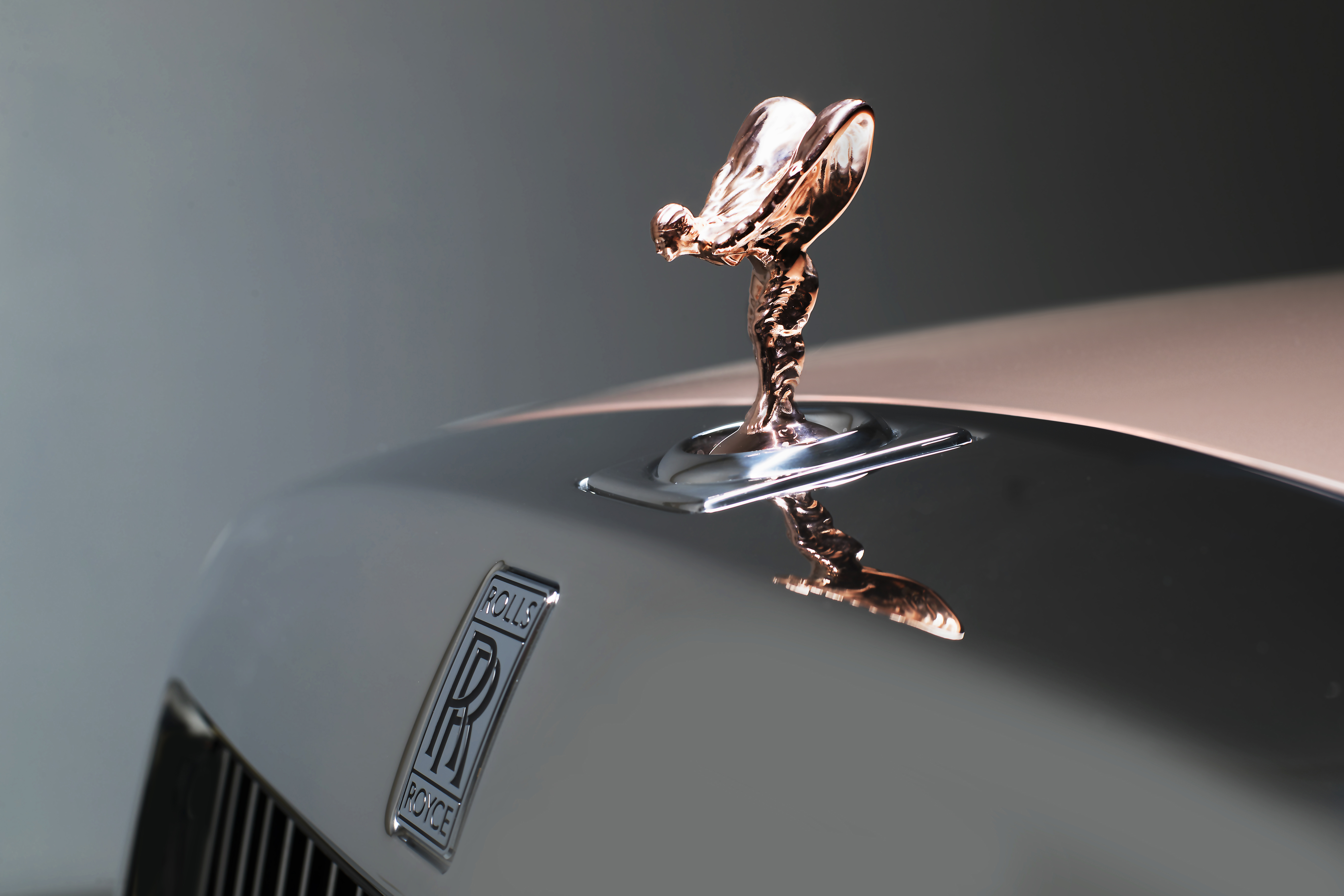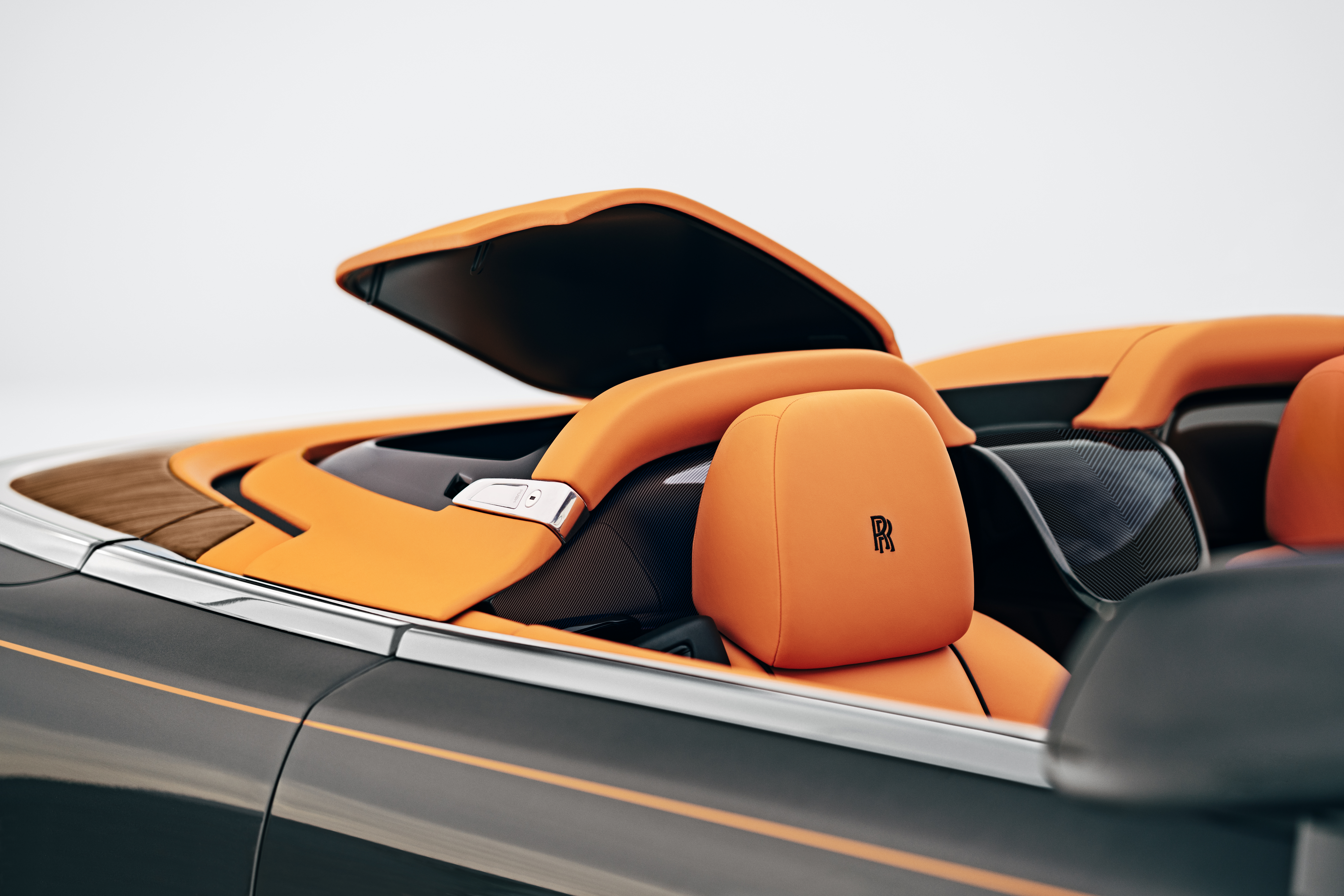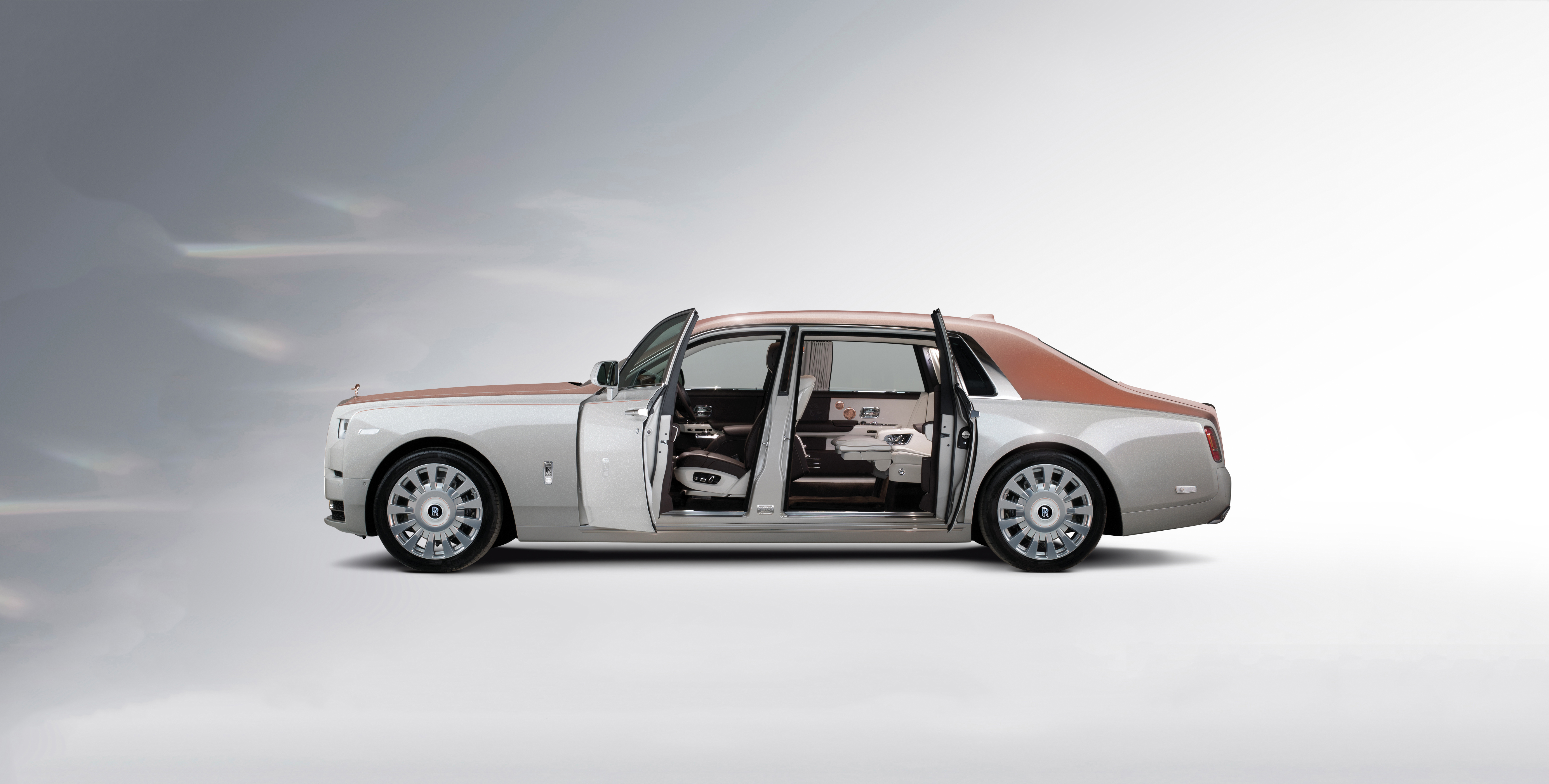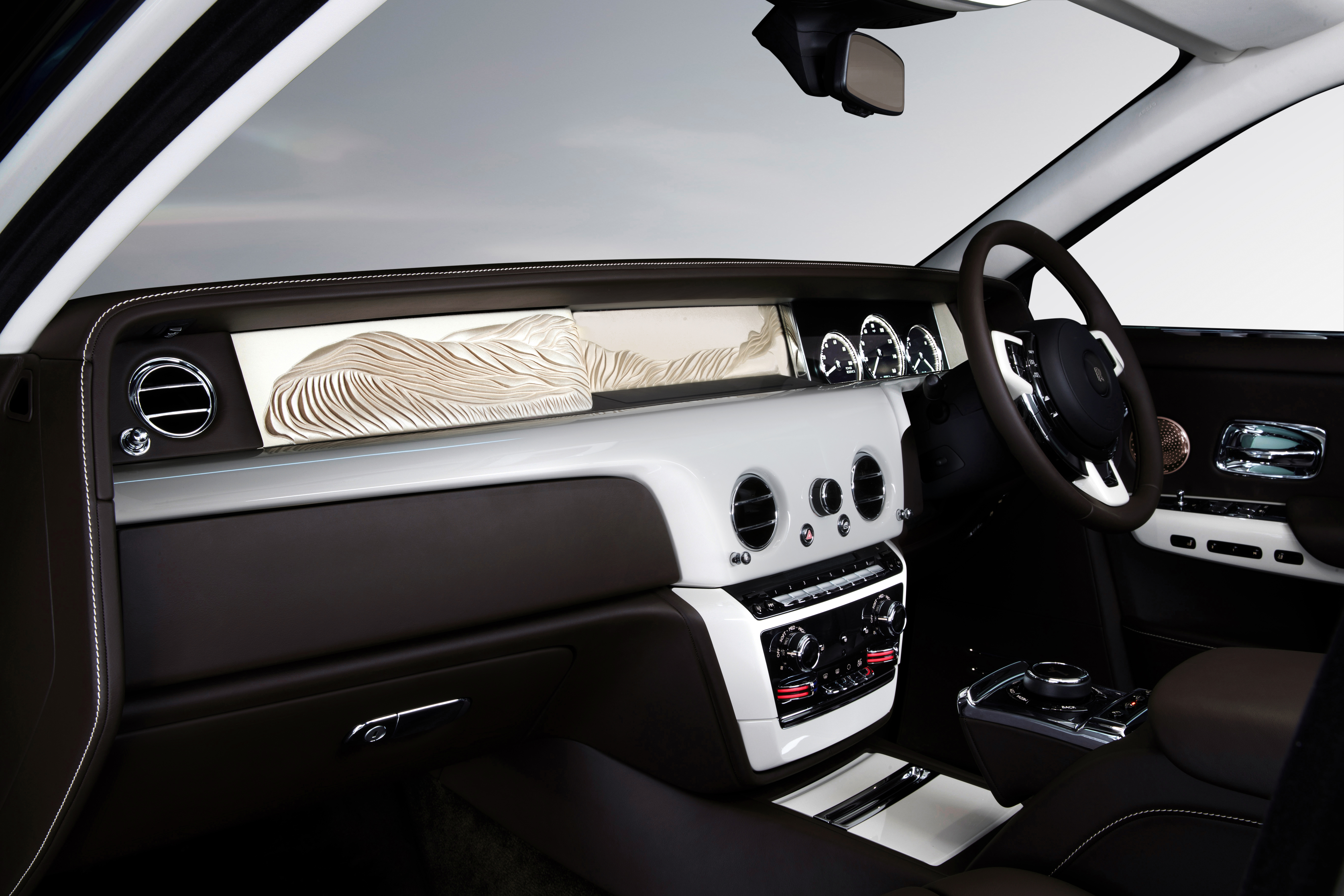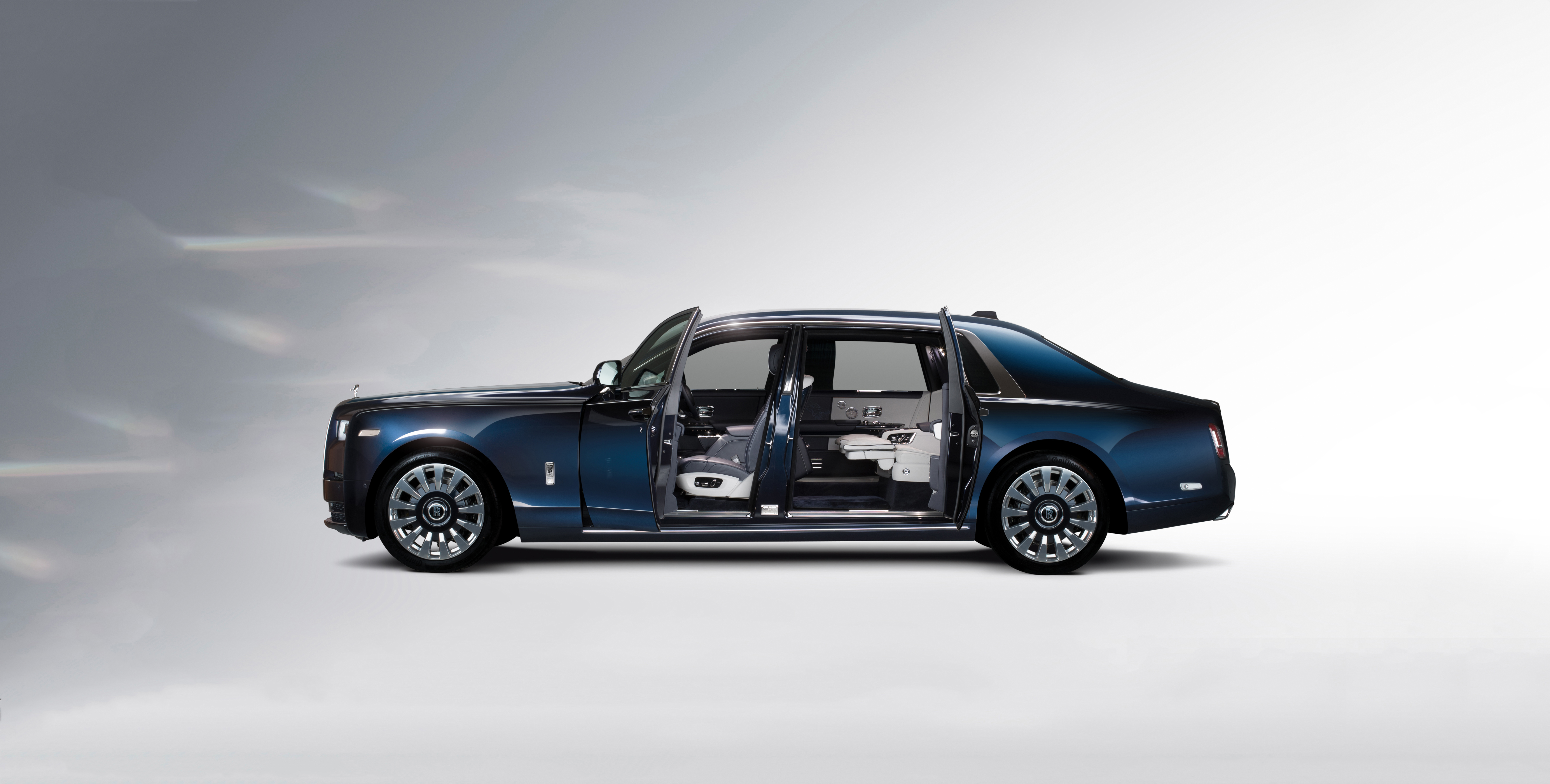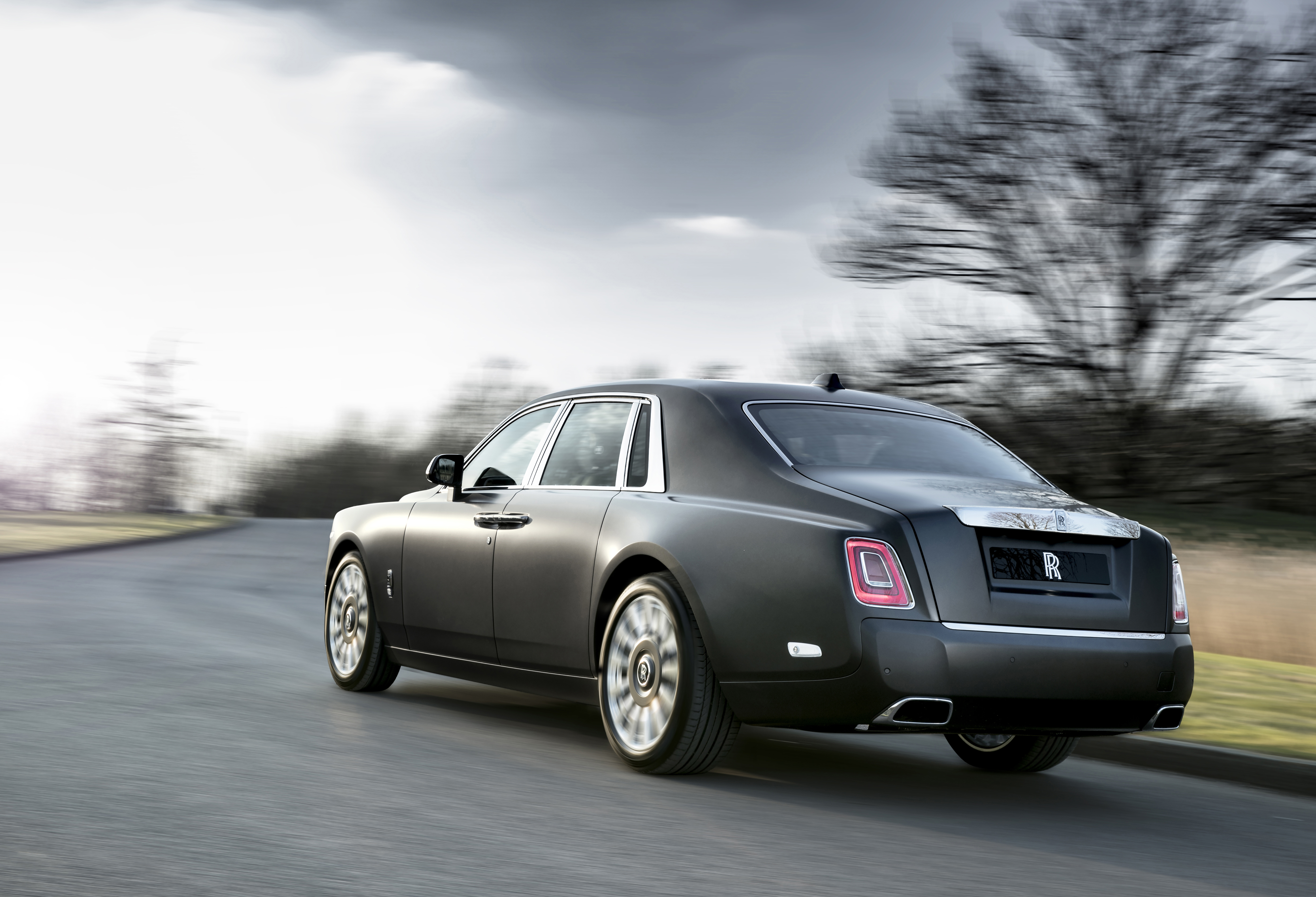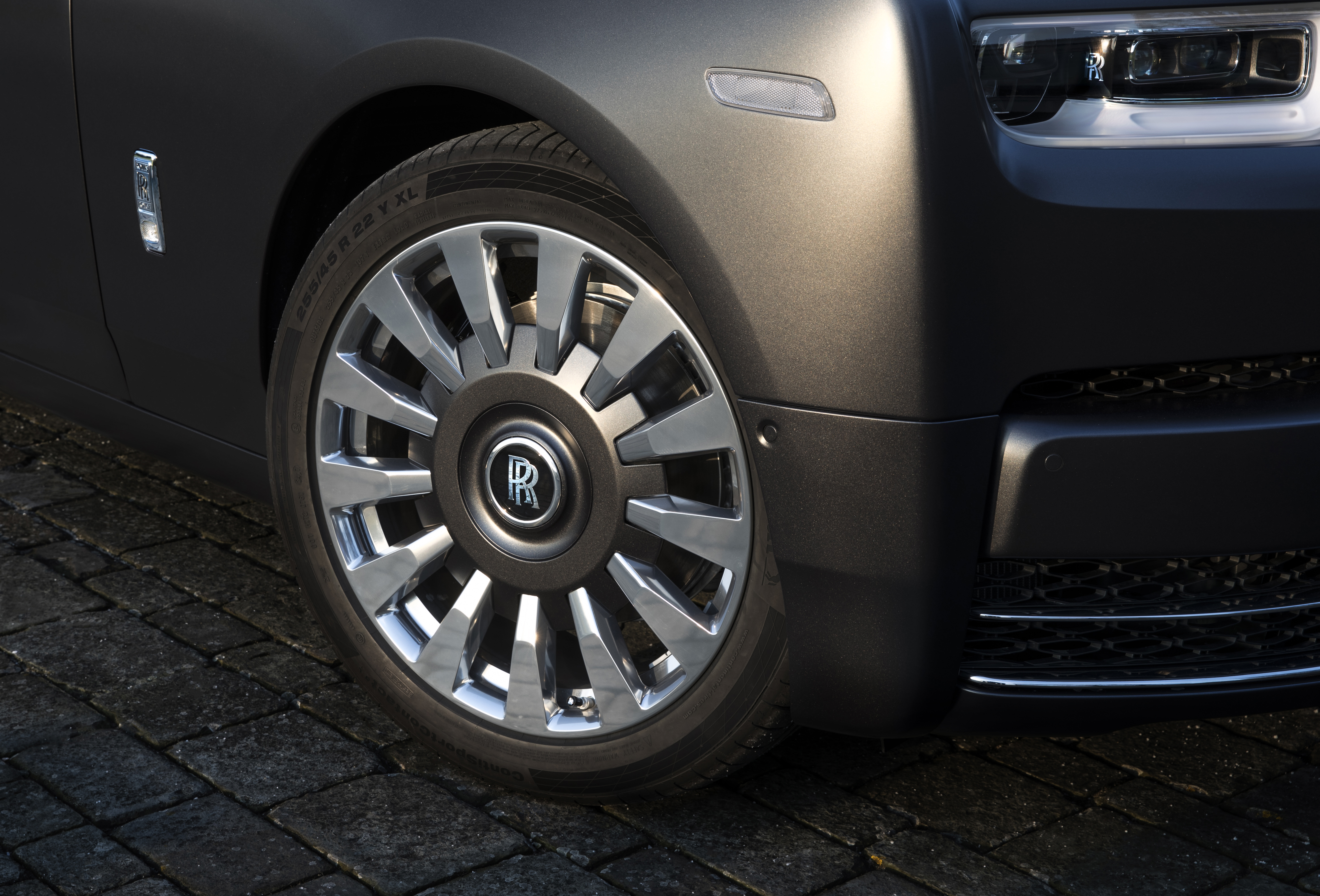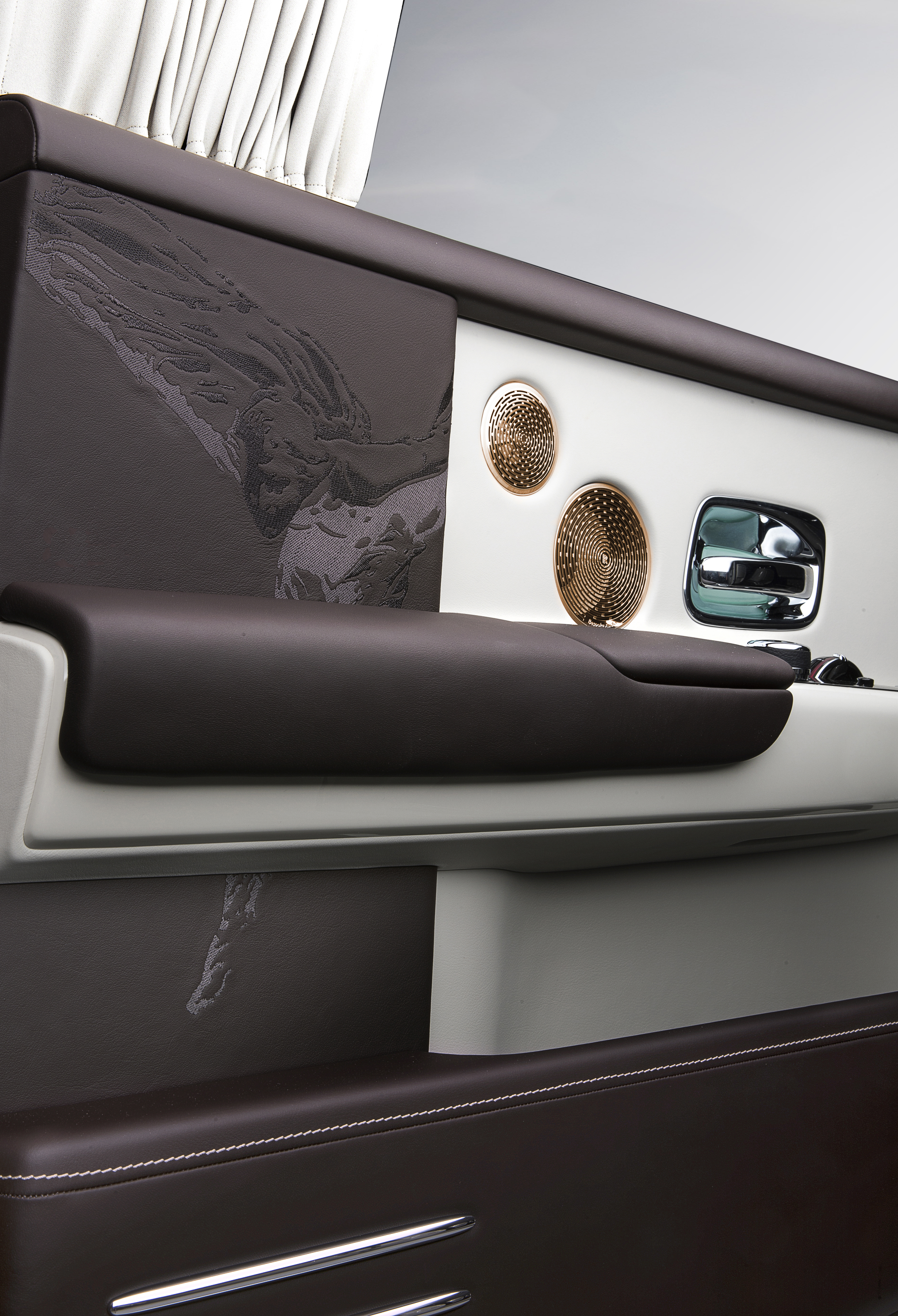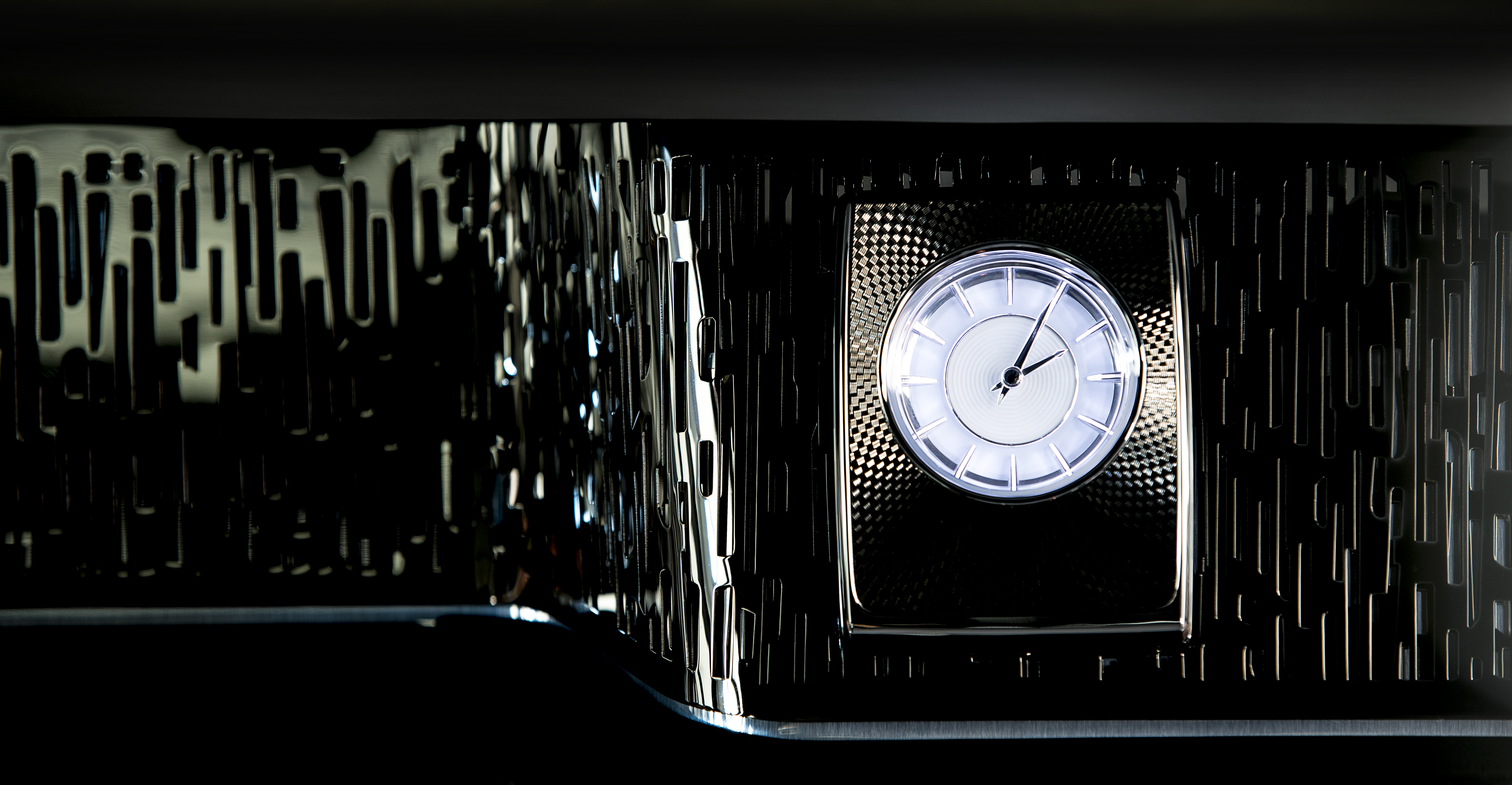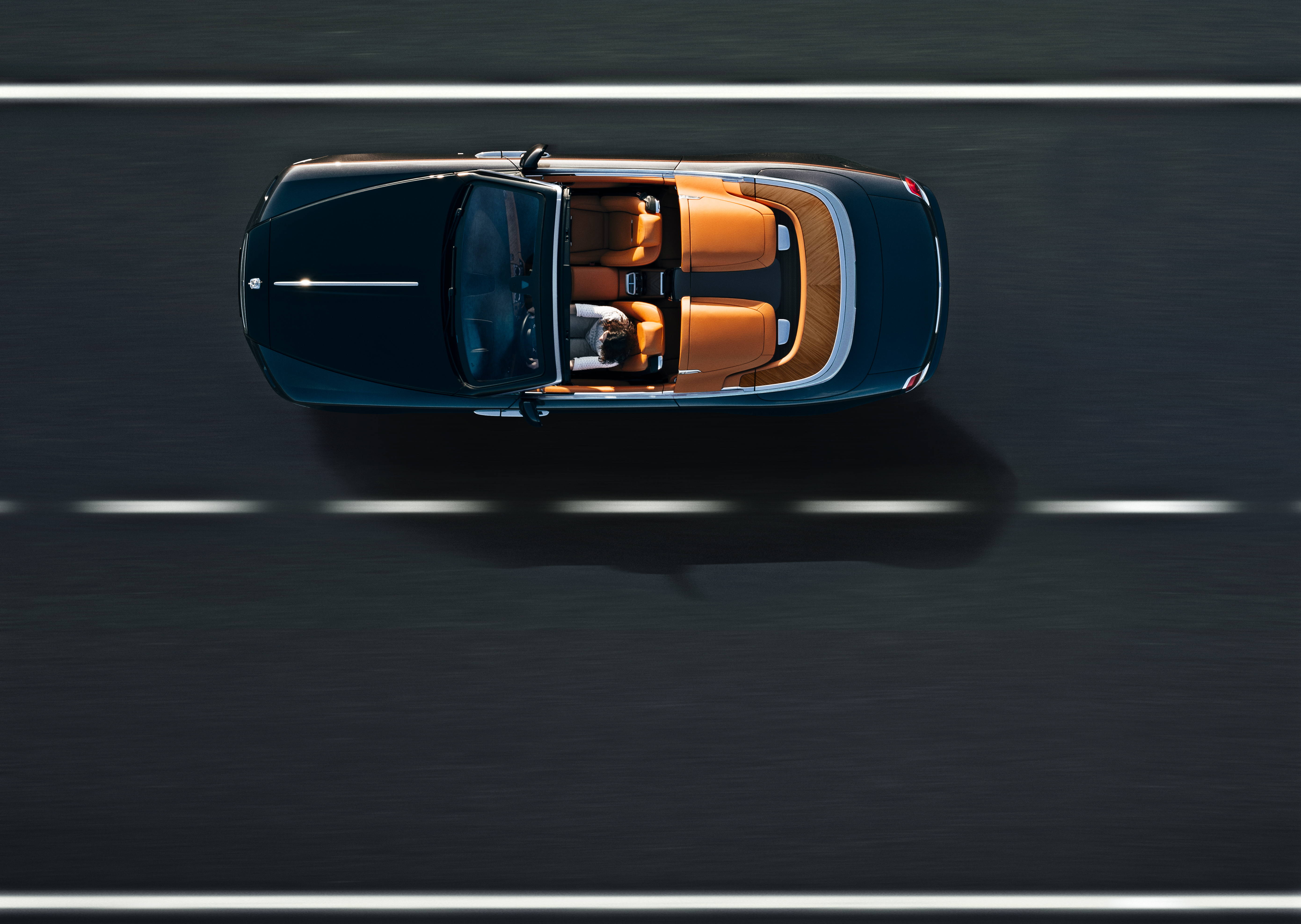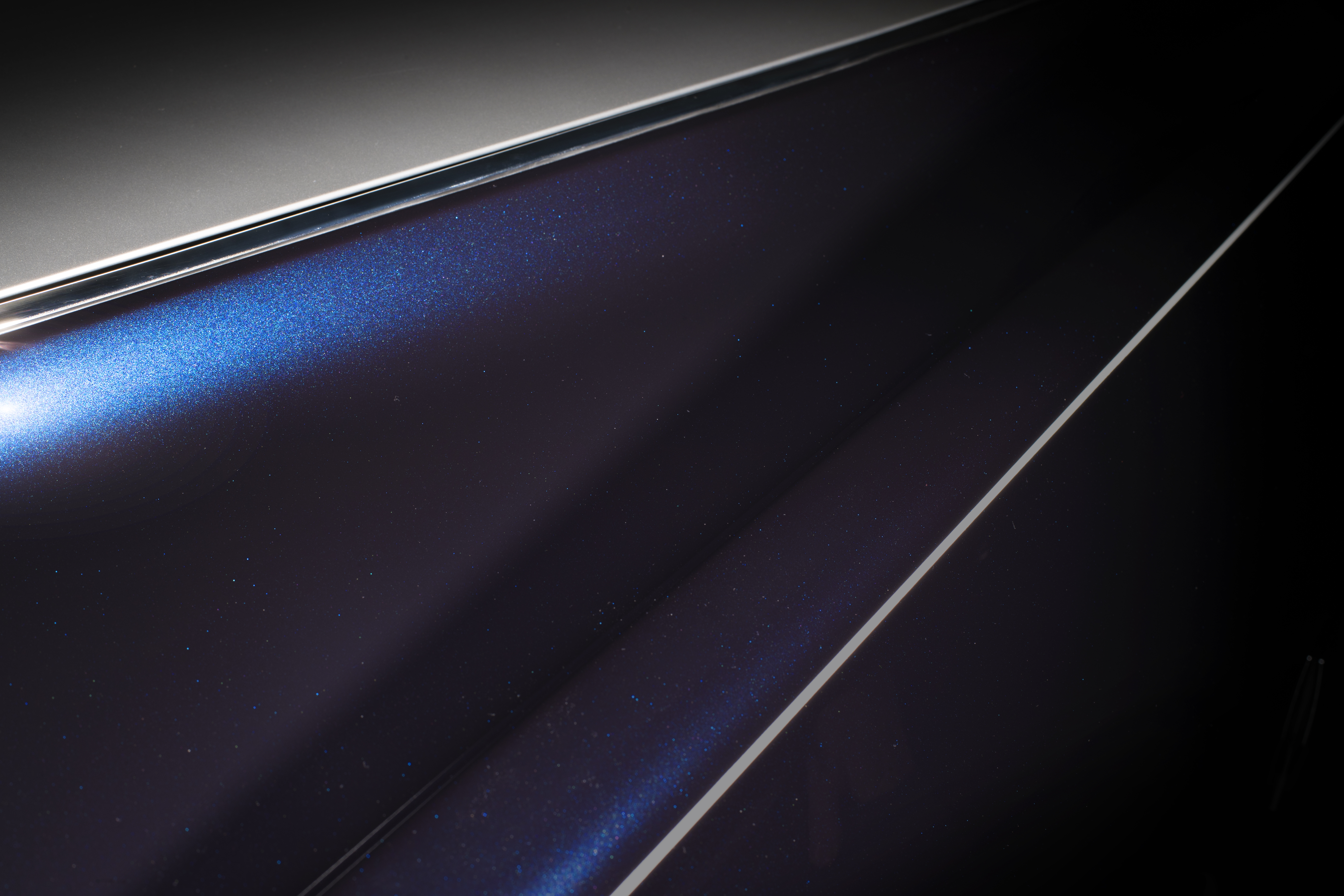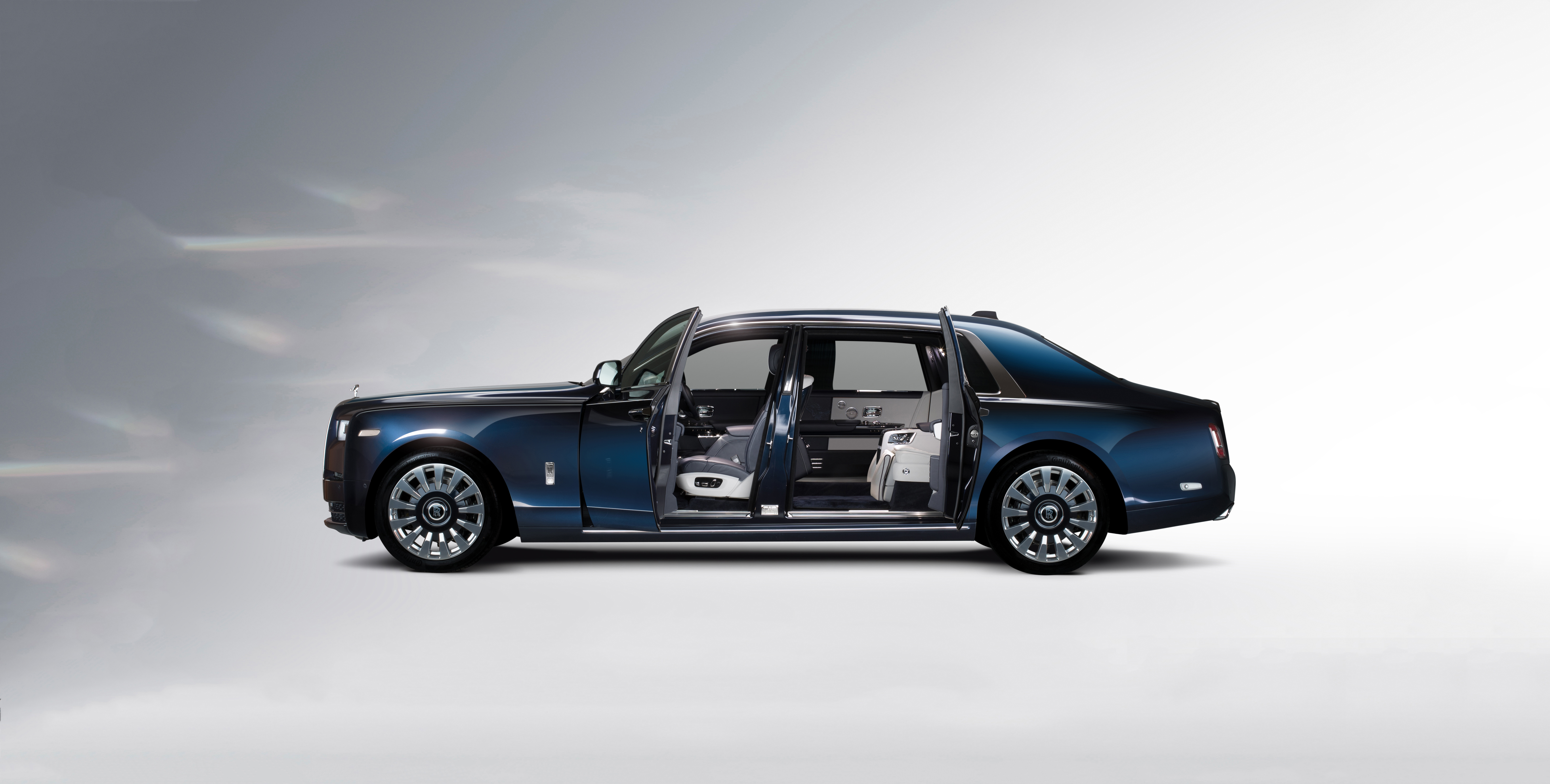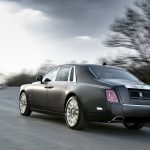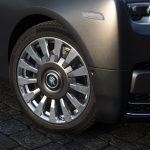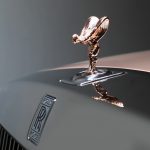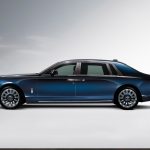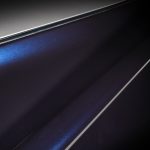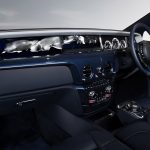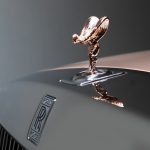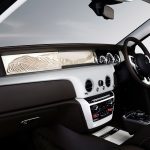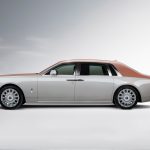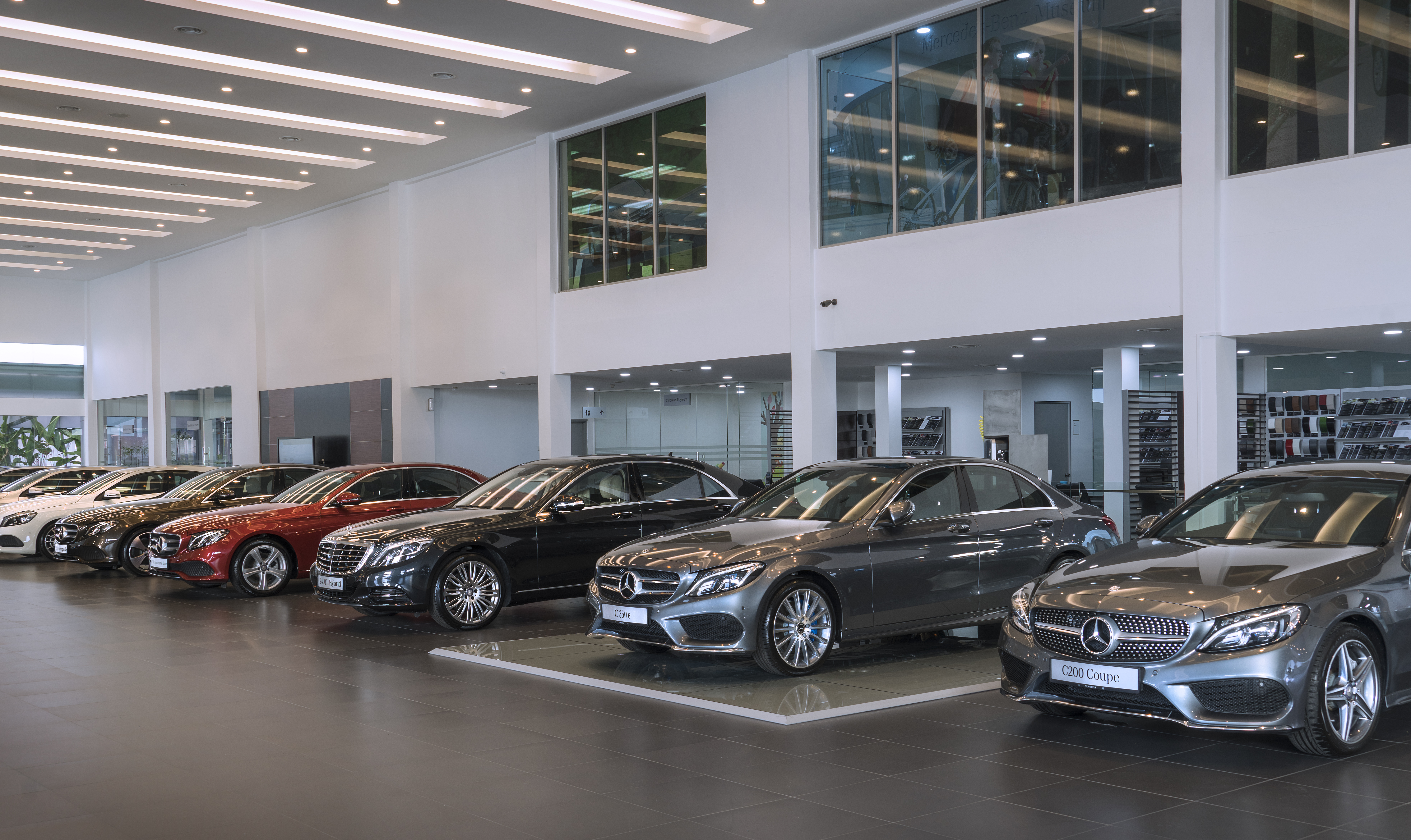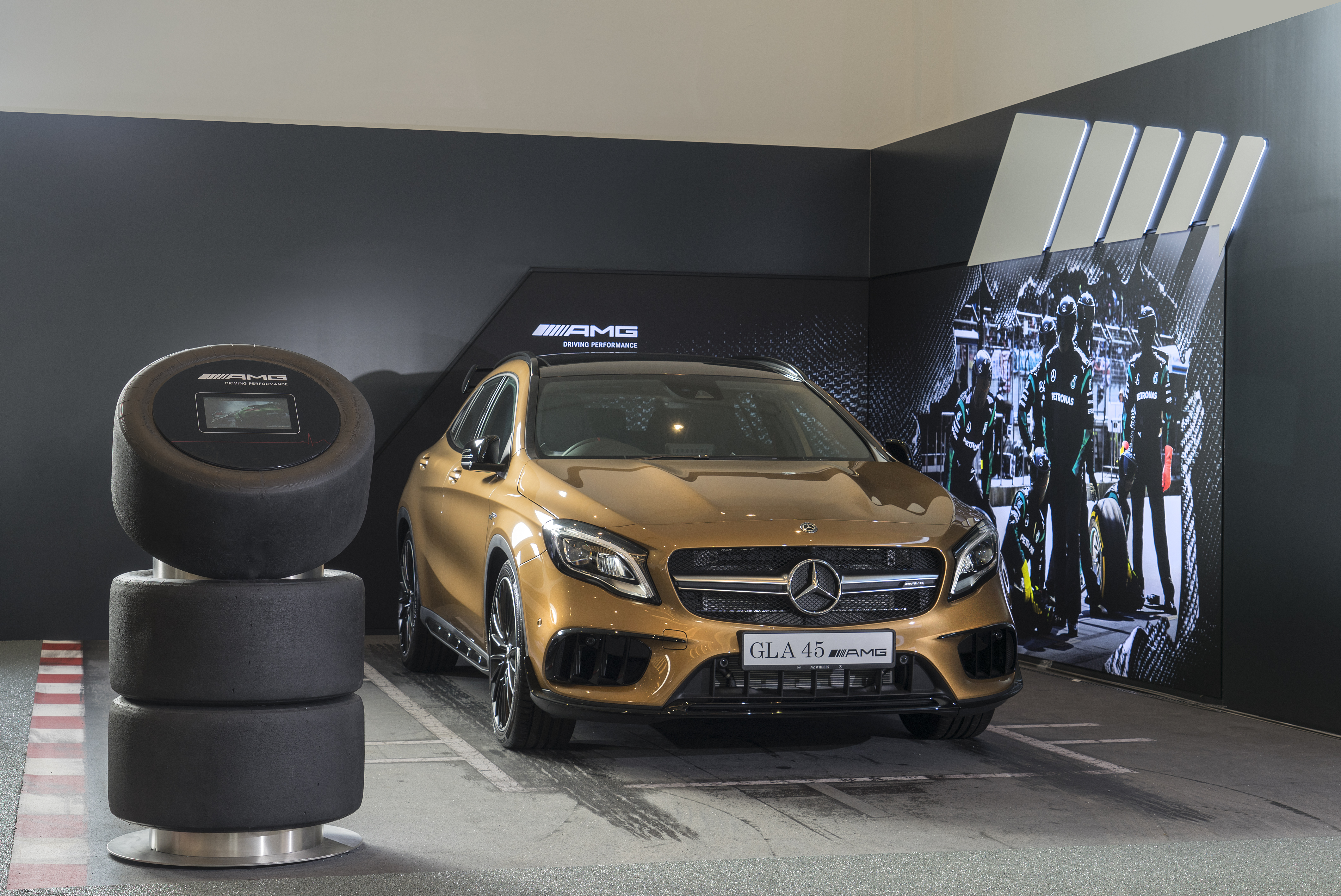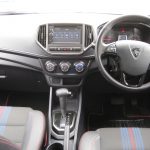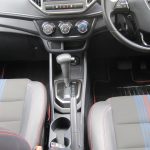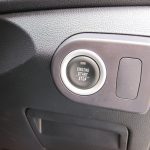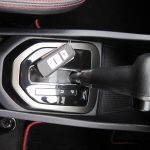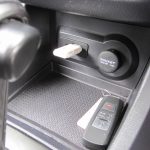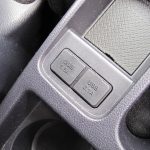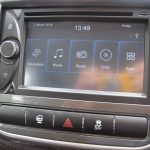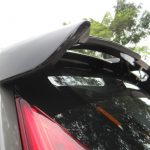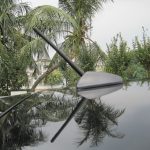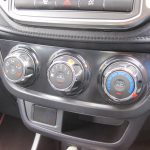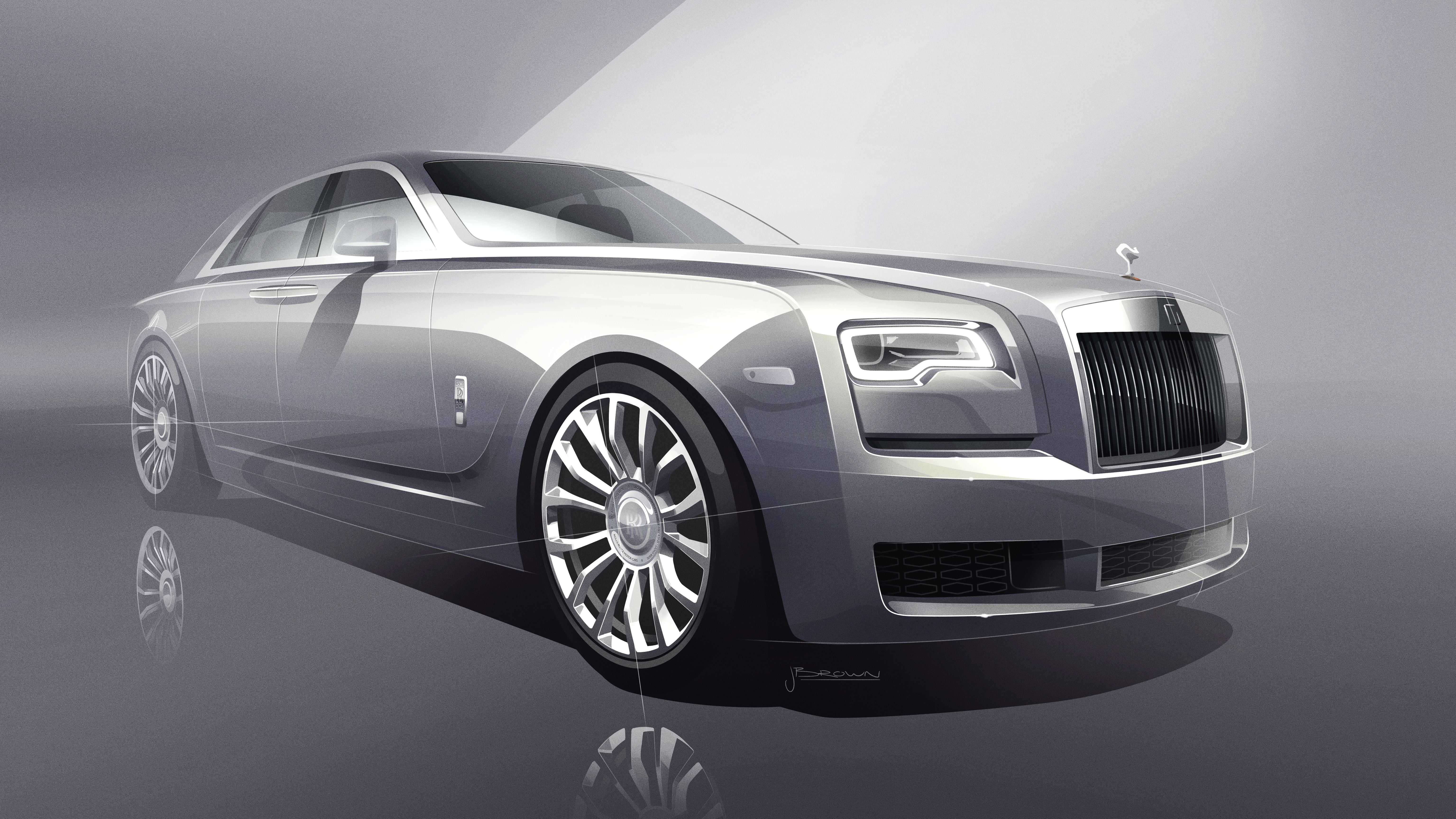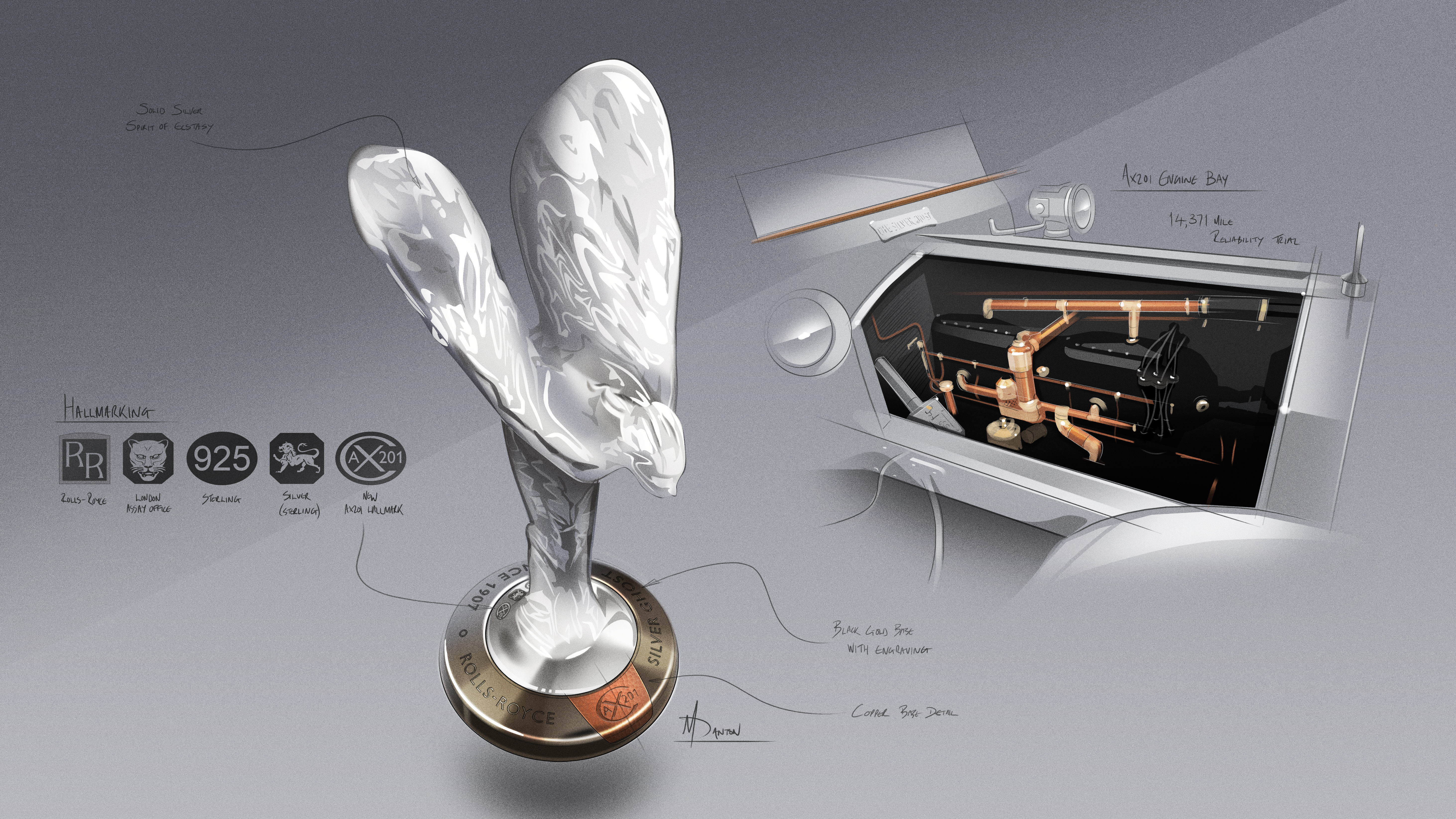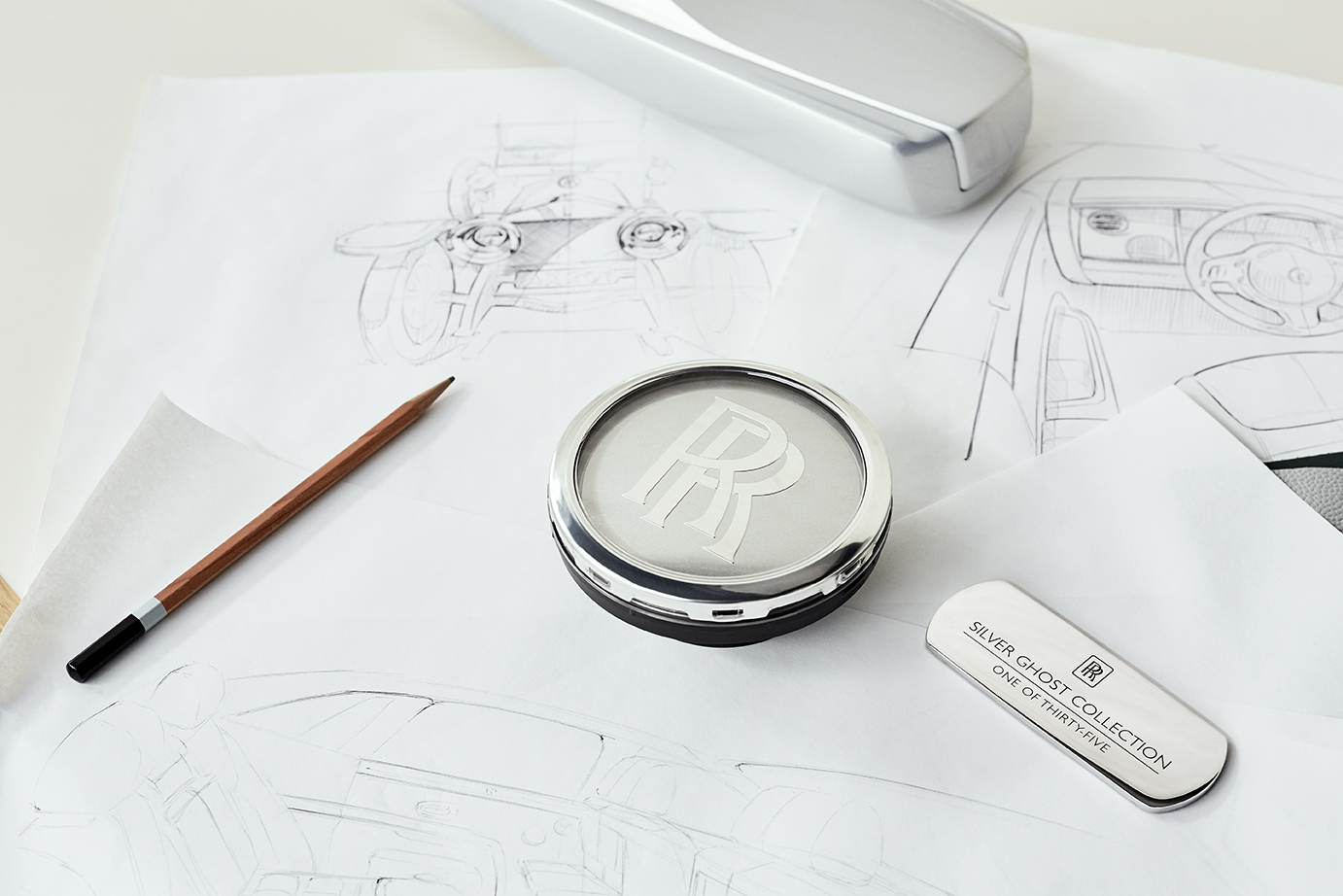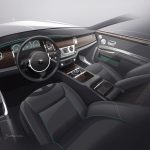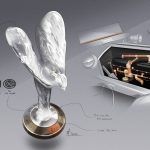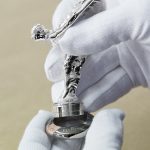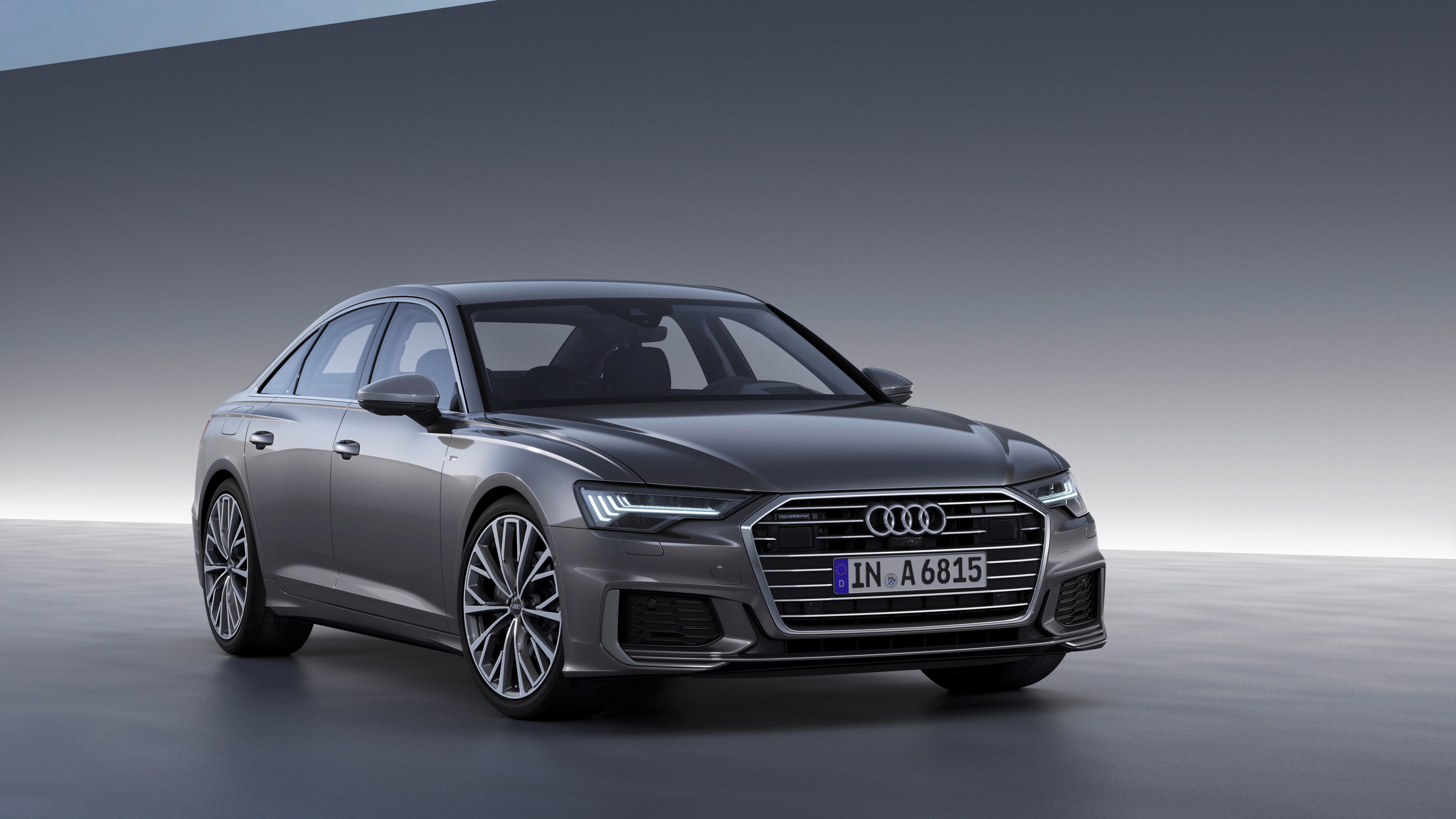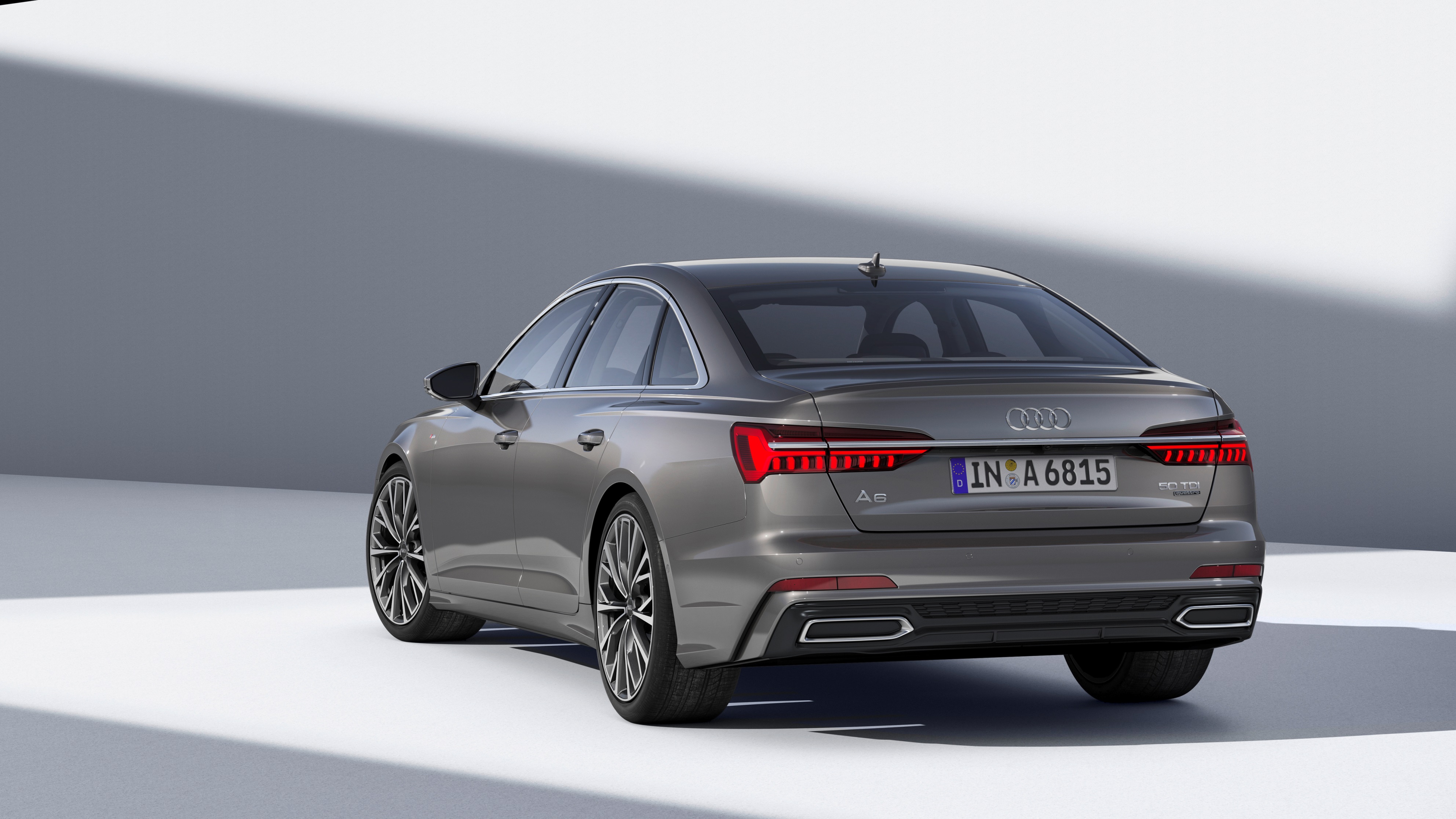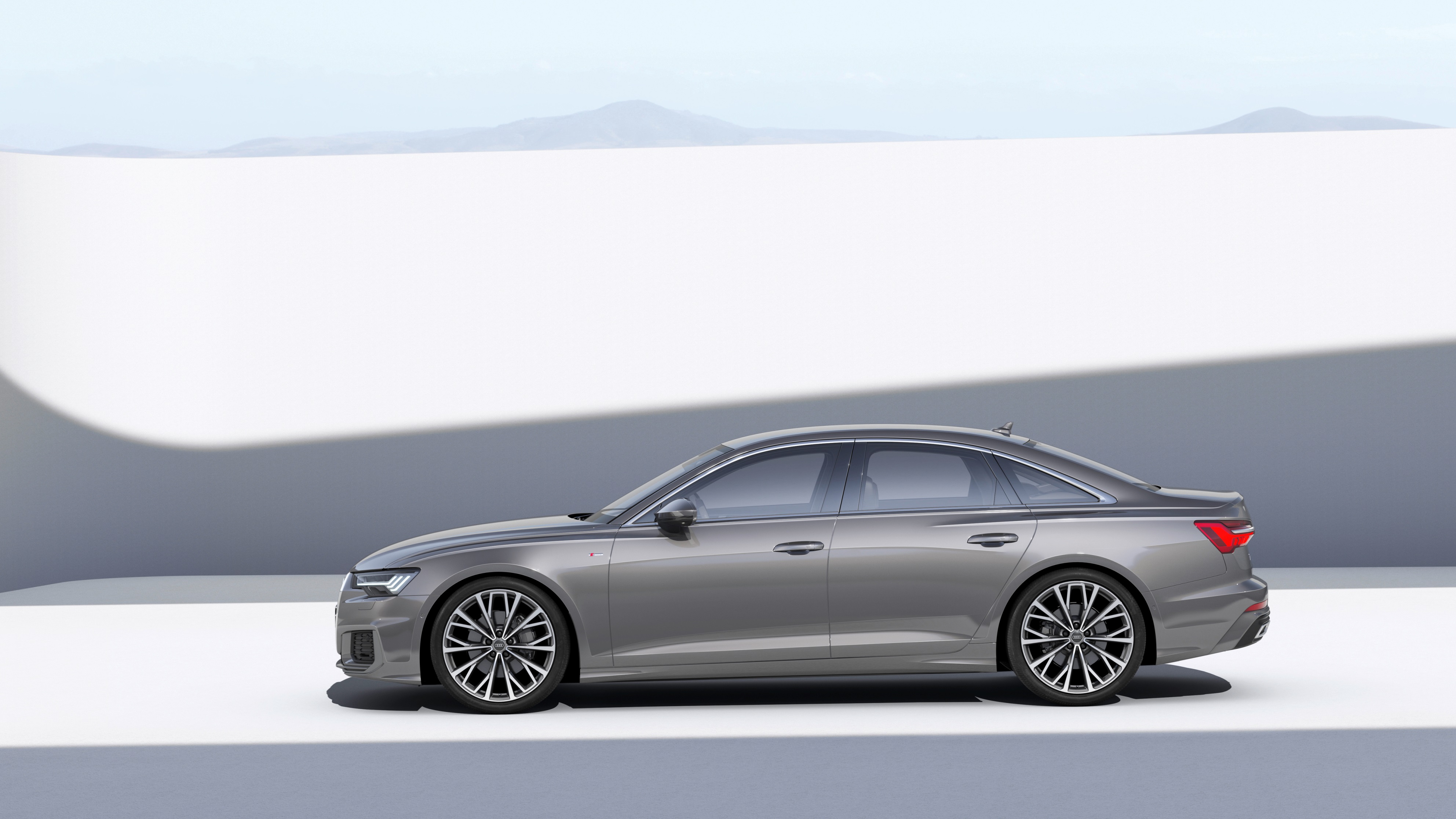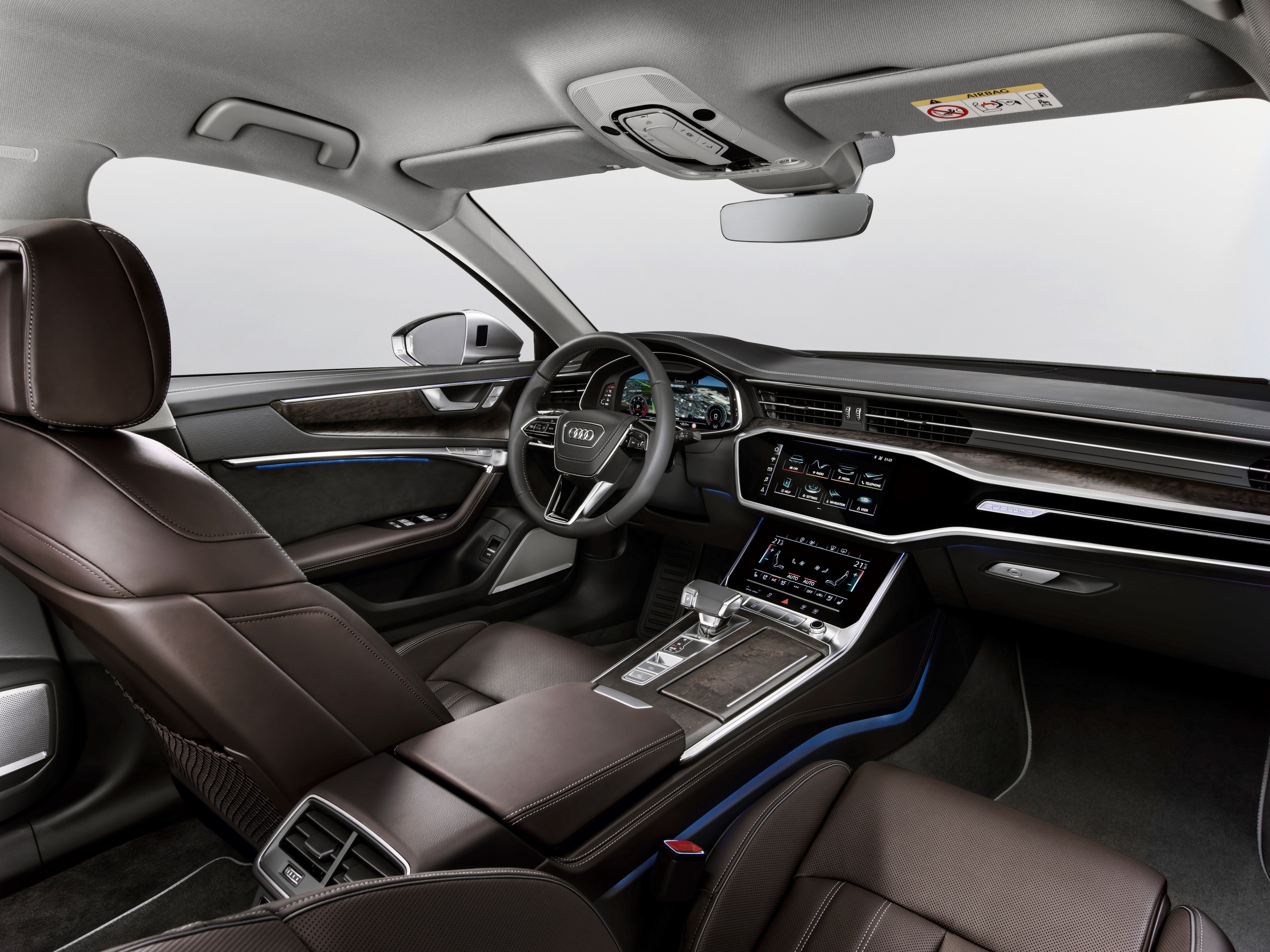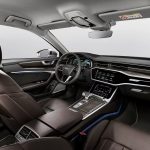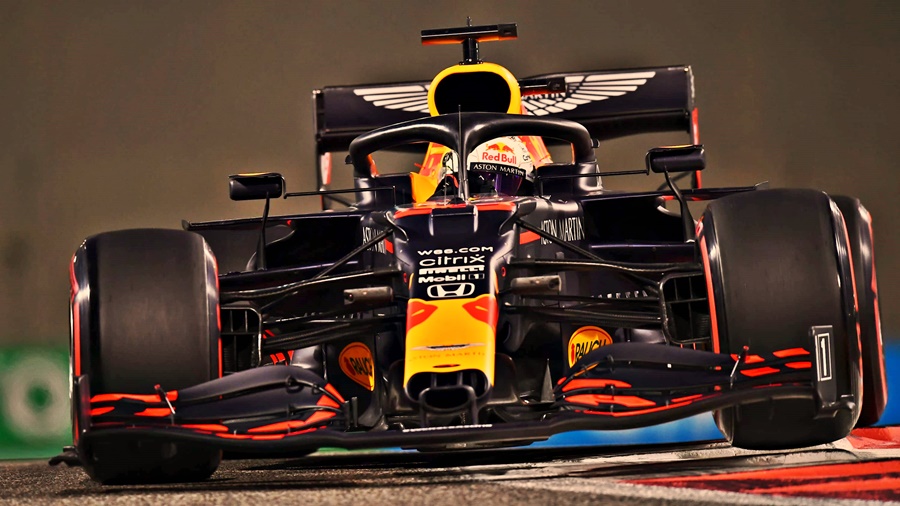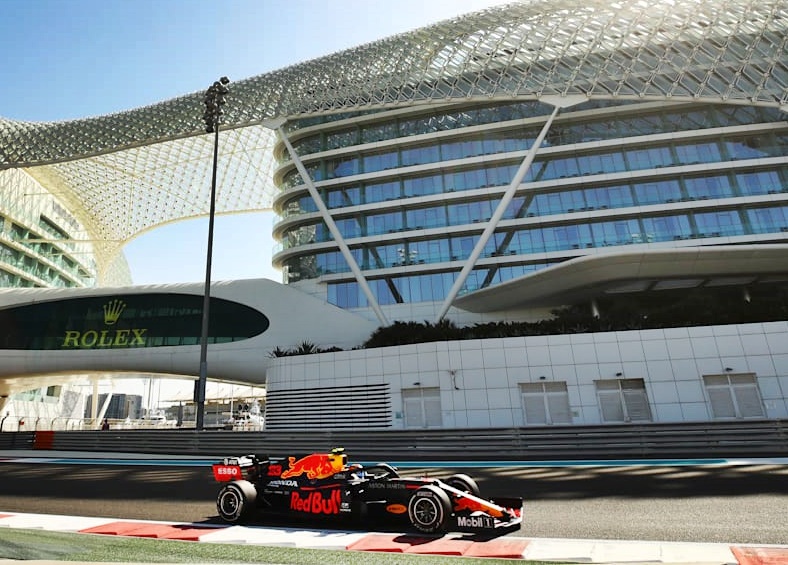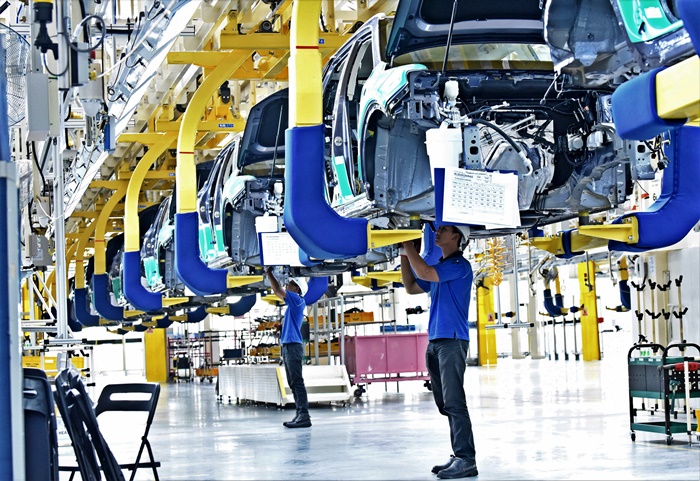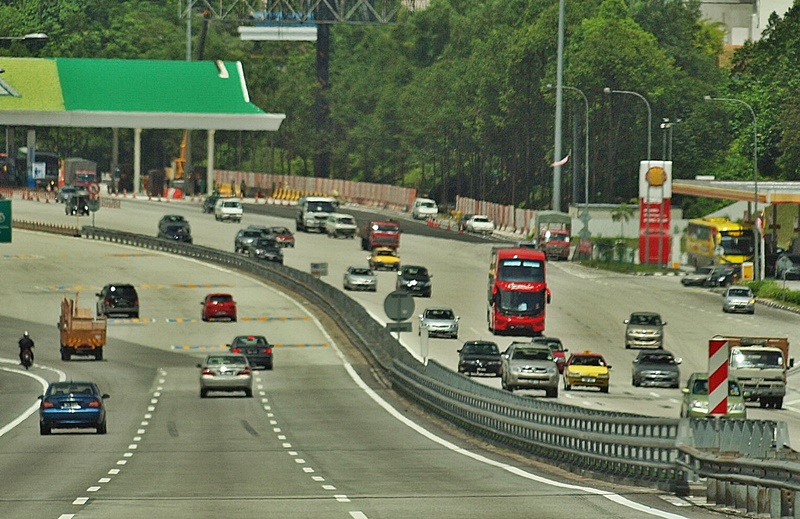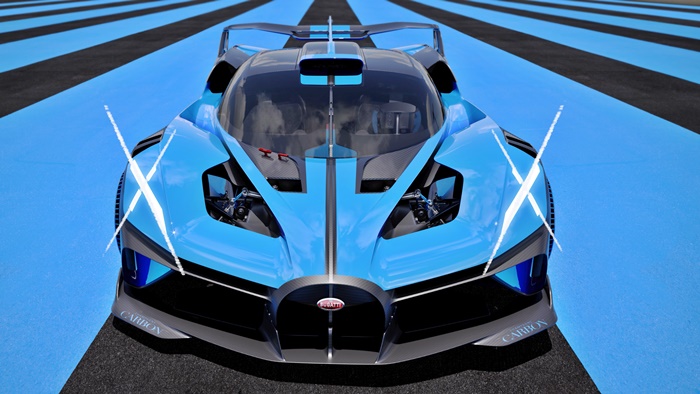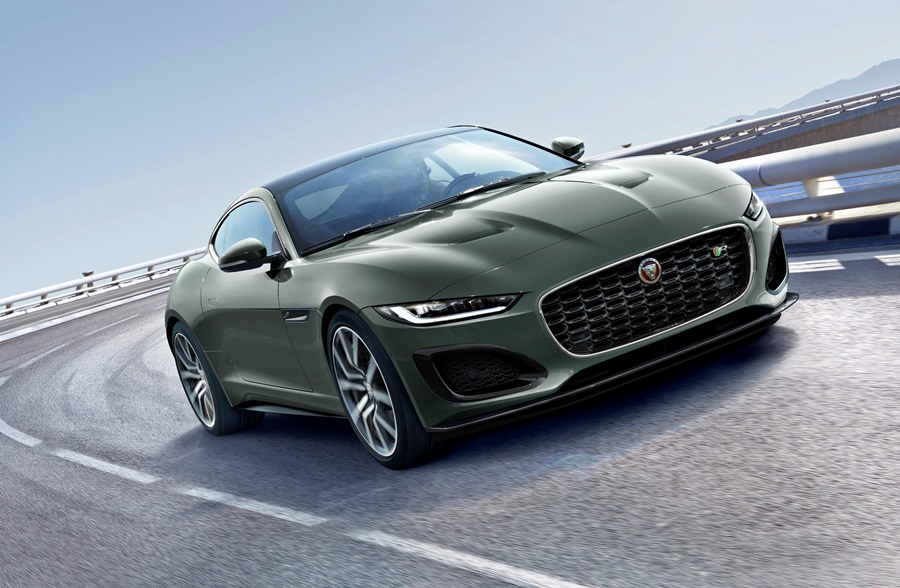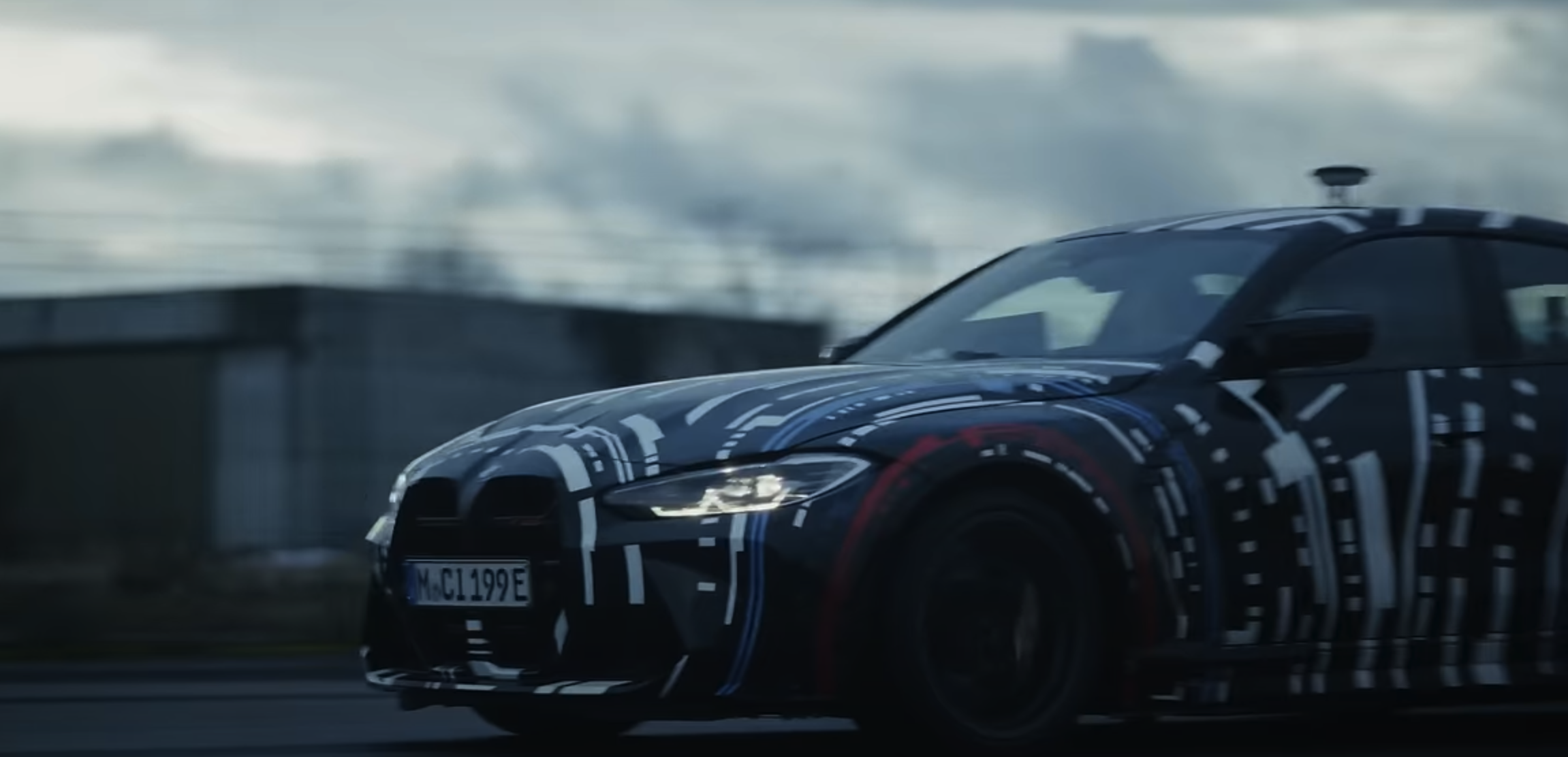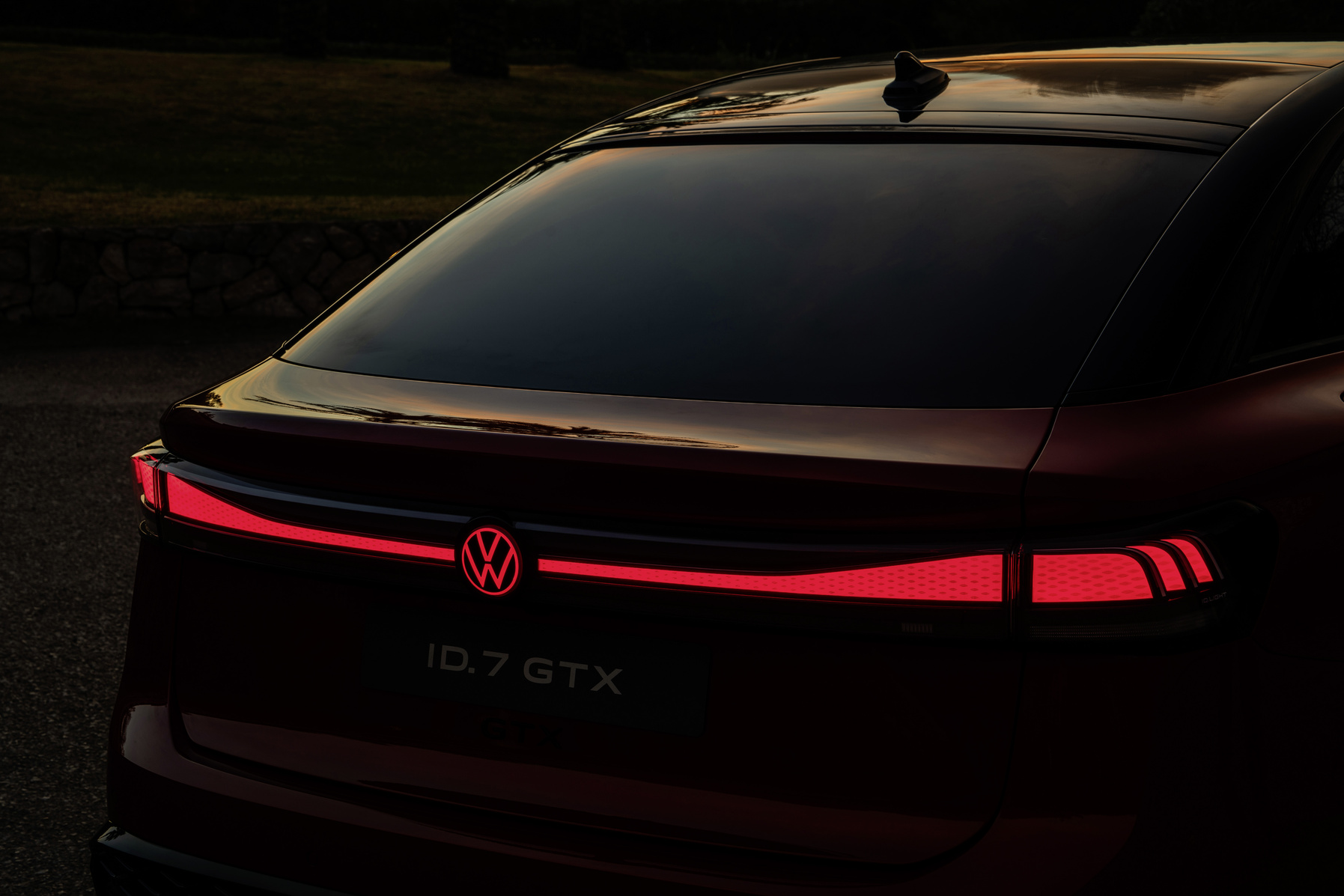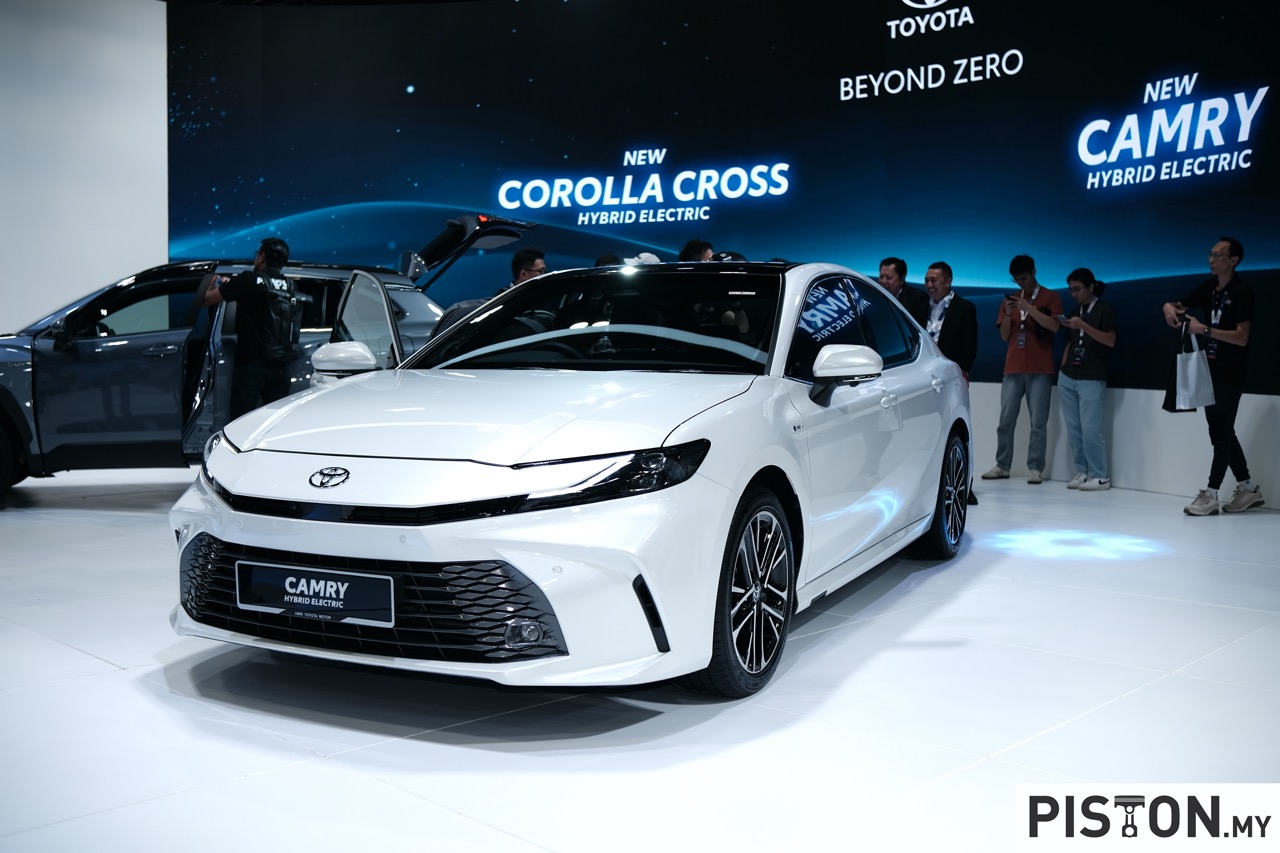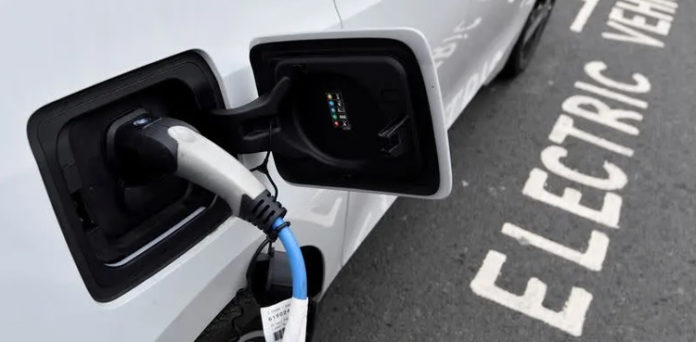This year’s Geneva Motor Show sees Rolls-Royce return to Switzerland only six months after the world’s media confirmed the new Phantom as ‘The Best Car in the World’ during its global launch on the shores of Lake Lucerne. Three distinct Phantoms, commissioned by discerning connoisseurs of luxury, will demonstrate why Rolls-Royce is a Luxury House in the business of motor cars and the by-word for Bespoke.
In addition, Rolls-Royce will introduce the Dawn Aero Cowling, transforming the silhouette of the world’s sexiest drophead coupé.
Three different Phantoms, three distinct customer visions
At this year’s Geneva Motor Show, Rolls-Royce will show why it is considered to be the world’s leading luxury house by showcasing three very different Phantoms curated for specific patrons of the brand.
The first of these three Phantoms is known as The Gentleman’s Tourer and harks back to the era of the grandest of Grand Tourers – the Phantom II Continental Saloons of the Thirties. These Phantom II Continental Saloons were always four-door standard wheelbase cars driven by the owners themselves on long journeys across Europe or the United States with friends. This idea of a large four-door trans-continental Grand Touring car appealed to this customer, and he commissioned a standard wheelbase New Phantom in this spirit.
Phantom II Continental Saloons were always notable for being commissioned for the road, their colours and interiors specified for driving endurance rather than show, necessarily. The Gentleman’s Tourer pursues this approach, with a unique Iced Gunmetal exterior paint, complemented by a satin silver bonnet. This new paint was developed specifically for this customer to appeal to his interest in high performance aircraft, with its satin appearance reminiscent of cutting edge military tech. The 22 inch alloy wheel centres are also accented in Iced Gunmetal, another first use of this process on a wheel.
The interior of The Gentleman’s Tourer is a masculine, utilitarian-feeling space, bespoked for the purpose of long, luxurious journeys. Tones of Black, Selby Grey and Anthracite leathers are blended beautifully by Goodwood’s craftspeople across the snug cabin while details such as the embossed Spirit of Ecstasy in each door panel and the silver pinstripe across the Piano Black veneer draw the eye to the detail paid to this minimalist, modern interior. One final precious feature confirms the technical modernity of this beautiful motor car – the Cascade Steel Gallery finished in Ruthenium, a rare and precious metal from the Platinum group. With only 20 tonnes of this metal mined annually – compared with 2,500 tonnes of Gold – this indeed is a very precious way to detail one’s Phantom.
Two beautiful and very significant Phantom Extended Wheelbase also grace the Rolls-Royce stand at the 2018 Geneva Motor Show. Whispered Muse and A Moment in Time are the first two new Phantoms commissioned with completely one-off, artist designed Galleries. These two individual Galleries have each been developed independently of the standard Gallery offer, and independently of each other, demonstrating the marque’s commitment to the maxim ‘Bespoke is Rolls-Royce’.
Whispered Muse is adorned with a one-off Gallery created by London-based designer Helen Amy Murray. This Gallery reinterprets Charles Sykes’ original drawings for the much revered Spirit of Ecstasy. By creating different planes in silk through directional sculpting, Helen has created individual contours, beautiful in their own right, that fuse together to resolve in a partial image of the Spirit of Ecstasy’s dress flowing backwards from her neck.
The silk that Helen has employed is the perfect accent for this beautiful car that features unique Piano Seashell veneer on the interior surfaces, created by hand polishing for 12 hours, beautiful handstitched Charles Sykes Spirit of Ecstasy embroidery and Rose Gold Bespoke Audio speakers on the interiors of the rear doors. The delicate colourway delineates areas of the motor car – the Dark Spice of the front seats for the chauffeur, whilst the owner relaxes in the comfort of the Seashell leather-clad Serenity seats.
The exterior features a newly-developed Crystal effect over the two-tone Selby Grey and Palais Nemaskar Dawn bespoke paint. 10 layers of paint are built up with the last being a layer of glass infused clear-coat to create the crystal effect. The Rose Gold pain motif is set off by the first ever Rose Gold Spirit of Ecstasy – specially created for this valued patron, and is continued with the coachline and the pin stripes around the wheel centres of this magnificent and regal Phantom.
Helen Amy Murray, artist, said of the design, “I was inspired by the ethereal quality of the illustrations of the Spirit of Ecstasy by Charles Sykes. They led me to incorporate the female form into my work; I wanted my Gallery commission to look soft and organic. The subtle spacing of lines brings the draped figure into perspective.”
A Moment in Time is a second customer-commissioned Phantom Extended Wheelbase present at the 2018 Geneva Motor Show. Its Gallery sums up, in art, what Claude Johnson meant when he said, “The spirit of Rolls-Royce, namely, speed with silence, absence of vibration, the mysterious harnessing of great energy, and a beautiful living organism of superb grace…”
This Phantom’s Gallery captures A Moment in Time as though the Spirit of Ecstasy’s shawl was allowed to drape over the car at high speed, capturing that moment that leaves time standing still. Achieved through the artistic process of photography, fluid dynamics and sculpture by the Based Upon Collective in London. The final interpretation was machined from a solid billet of aluminium and hand polished before being mounted into The Gallery space as a beautiful, valuable artwork.
The creation of A Moment in Time is as remarkable as its muse. A swath of silk was pulled through a tank of water, weighted and suspended, controlling this moment. Captured on camera, the resulting fluid form was then analysed by the Rolls-Royce design team and the artists of Based Upon, before being remastered in clay. A malleable wax sculpture was then reworked to optimise the impact of ‘The Gallery’s’ space. This final interpretation was machined from a solid billet of aluminium, polished to accentuate the curvature of the alluded to fabric.
Again the motor car that bears this beautiful artwork is designed in perfect harmony with its Gallery. This time a unique Piano Milori Sapphire veneer, hand-polished for 12 hours, complements the Navy and Selby Grey interior, this time with the beautiful hand-stitched Charles Sykes Spirit of Ecstasy embroidery, also in Navy. The exterior of this beautiful Phantom features a newly created Blue Crystal over Milori Sapphire Bespoke paint. Six layers of paint are built up with the last being a layer of clear-coat infused with blue glass to create the blue crystal effect. The exterior is finished with a Selby Grey coachline and pinstripes to the wheel centres.
The 2018 Geneva Motor Show is also witness to a transformed Dawn. This new take on Dawn results from the recognition by Rolls-Royce’s designers that some clients may wish for enhanced flexibility in terms of style and practicality from the world’s most luxurious drophead coupé. Thus the Dawn Aero Cowling was born.
The Aero Cowling transforms one’s Dawn into a two-seater roadster-style motor-car without sacrificing the option of remaining the most social of all open top luxury cars, by creating an extended tonneau cover over the rear seat area.
The Aero Cowling encloses the rear seat area of Dawn in a beautifully hand-made unit that features two cowls that rise from the leading edge of the tonneau area, which conceals the Dawn hood, to behind each front seat. The form of the cowls was precisely sculpted to funnel the air gracefully, so to enhance driver comfort.
Each cowl offers enhanced lockable leather-lined storage compartments for personal effects. The cover itself is made of carbon-fibre and aluminium and so is incredibly light and strong. The lids of the cowls are swathed in Rolls-Royce leather which matches the interior of the car.
The Dawn Aero Cowling present on the Rolls-Royce stand at the 2018 Geneva Motor Show is a beautifully-specified motor car clad in a silver and tan colour scheme. The sensuous exterior is painted in Cassiopeia Silver and features beautiful 21inch part-polished alloy wheels, whilst the interior is swathed in Casden Tan leather, highlighted by Selby Grey piping and stitching and Black contrast elements. The carbon-fibre on the central spine of the Aero Cowling is exposed to showcase its lightweight structure and its weave is book-matched to a contemporary chevron graphic, adding to the dynamic character of Dawn Aero Cowling. Dashboard and centre consoles featuring an intricate dark technical fibre veneer continue this ‘spine’ running down the centre of the car, which when paired with the woven leather floor mats echo the technical nature of the carbon-fibre on the Aero Cowling.
If you happen to be attending the Geneva Motor Show, Rolls-Royce invites you to visit the Rolls-Royce stand (6041, Hall 6).
RR 2018 Geneva Motorshow Photo Gallery…



